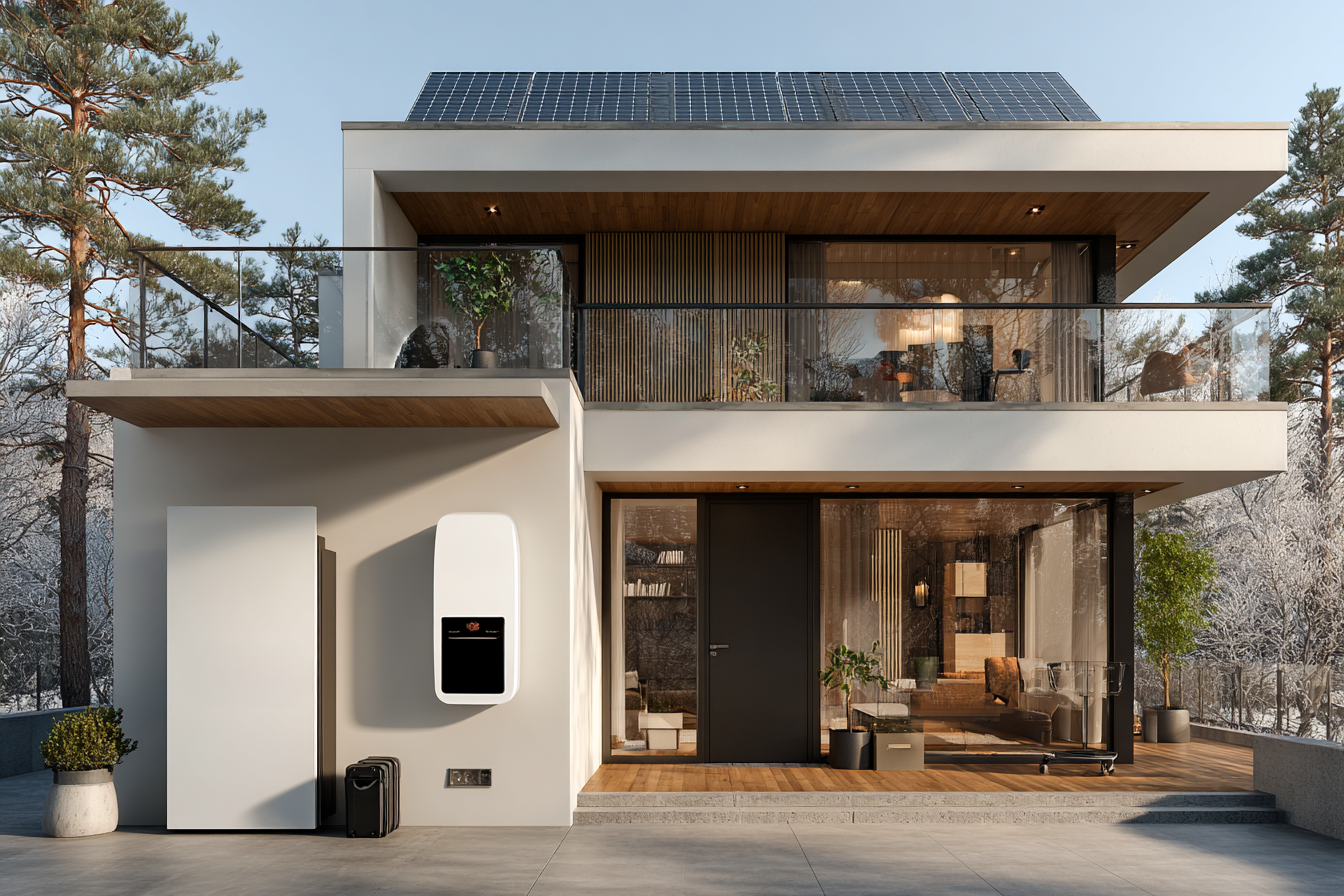What Happens After Installation? Your Solar Service & Warranty Guide

Written by Solenery
2 min read
Introduction
So your solar panels are installed. The electrician’s packed up, the scaffolding is gone—and your roof looks amazing. Now what?
Post-installation service and support are just as important as a good installation. From system monitoring to warranties and ongoing maintenance, knowing what to expect after your solar or heat pump system goes live is key to long-term performance, savings, and peace of mind.
In this guide, we cover what happens after the install, what should be included in your service plan, and how to make the most of your system—without any surprises.
Final Steps: Commissioning, Inspection & Activation
Once your system is installed, it’s not “plug and play” just yet. Most provinces require:
- Electrical inspection and sign-off (e.g., ESA in Ontario, Technical Safety BC)
- Net metering approval from your utility
- Commissioning of the inverter and monitoring system
What your installer should provide:
- Permit numbers and inspection results
- Utility application documents (with your name on them)
- Access to monitoring portal (with login info)
Example: In Halifax, homeowners must wait for NS Power to approve and switch on the net meter before the system starts crediting the account.
Tip: If you’re not seeing production within 2 weeks post-install—call your contractor.
Monitoring: Tracking Performance in Real Time
Most modern solar and HVAC systems include cloud-based monitoring. This allows you to:
- View daily/weekly/monthly production
- Compare performance to expected kWh
- Detect inverter issues or panel faults quickly
- Track savings and environmental benefits
Common platforms include:
- Enphase Enlighten (microinverters)
- SolarEdge Monitoring
- Sense or Emporia (whole-home usage monitoring)
Questions to ask your installer:
- “Is monitoring free for life?”
- “Can I track both consumption and production?”
- “Will I get alerts if something goes wrong?”
Warranties: What’s Covered and For How Long
Here’s what you should expect:
| Component | Standard Warranty | Who Covers It |
|---|---|---|
| Solar panels | 25–30 years (performance) | Manufacturer |
| Inverters | 10–15 years | Manufacturer |
| Heat pump units | 10 years parts, 1–2 years labour | Manufacturer + installer |
| Labour/workmanship | 1–2 years | Installer |
Important: If your installer goes out of business, you may still be covered by the manufacturer’s warranty—but only for parts, not labour.
Tip: Ask for printed or emailed warranty certificates at handoff.
Post-Install Support: Who Do You Call If Something Breaks?
This is a crucial question that too many homeowners forget to ask.
Confirm:
- Will the installer respond to service calls after the job is done?
- Is there a dedicated service or customer support line?
- What’s the average turnaround time for site visits?
Example: A homeowner in Ottawa experienced inverter shutdown after a storm. Their installer offered free troubleshooting and system reset within 48 hours.
Red flag: Installers that use third-party subcontractors for service with long wait times or call centre-only support.
Maintenance Plans: Are They Worth It?
Solar panels are low-maintenance, but some companies offer annual system check-ups or optional cleaning services.
Maintenance checklist may include:
- Checking inverter and connection points
- Inspecting mounting hardware and wiring
- Cleaning panels (especially in dusty or snowy regions)
- Flushing heat pump drain lines or cleaning filters
Average cost:
- $150–$300/year for inspection
- $200–$400 for cleaning (optional)
Tip: In provinces like Alberta and Saskatchewan, where dust, pollen, or snow can impact production, an annual check-up may be worth it.
Conclusion
Your clean energy journey doesn’t end after installation—it’s just getting started. A good installer will ensure your system is connected, monitored, and protected with strong warranties and accessible support. Ask the right questions upfront, and you’ll enjoy years of reliable performance with no surprises.